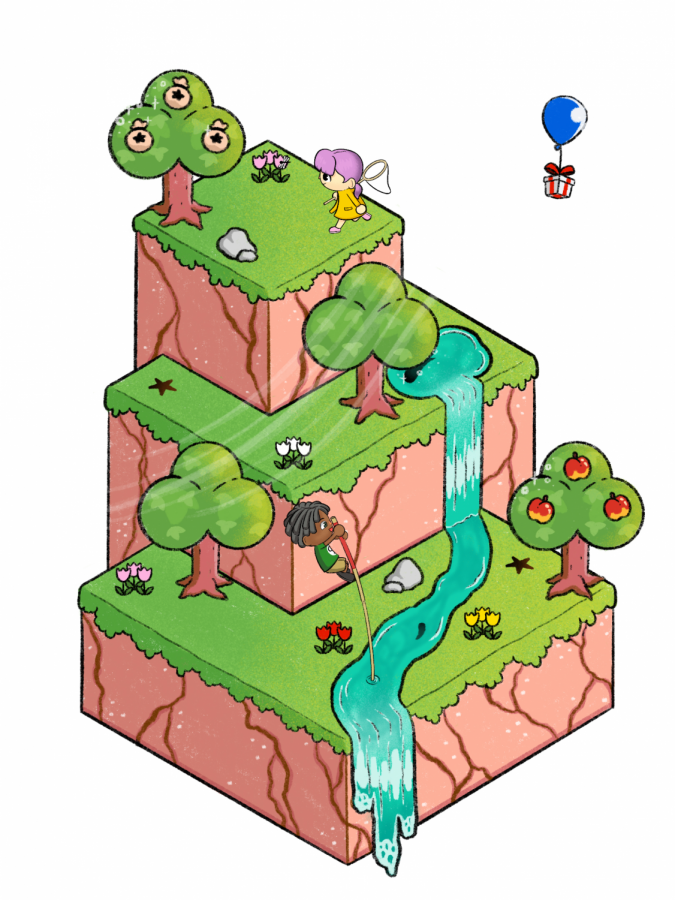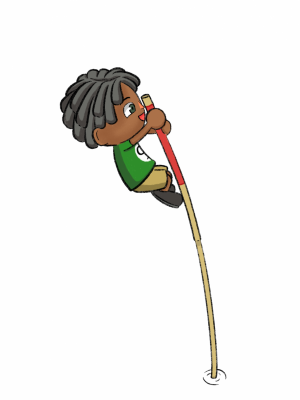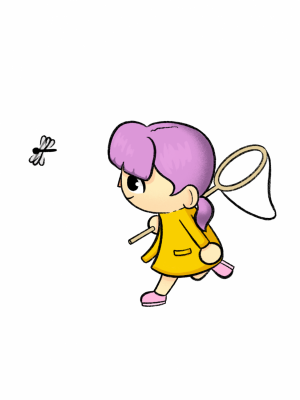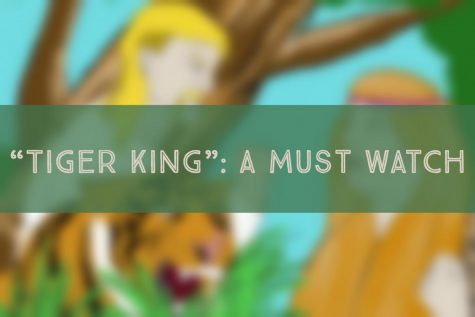Animal Crossing: New Horizons Review

Even if you aren’t exactly a gamer, you might enjoy Animal Crossing: New Horizons. It offers a nice escape from reality, where players can explore and build their own island paradise, with the help of friendly neighbors. There’s a reason the franchise has been popular with adults and kids alike for years. There is something calming about the game, in which players can put themselves into an alternate reality and be in charge of what happens at their pace.
Animal Crossing: New Horizons is the latest in the popular Animal Crossing franchise from Nintendo. Available only for the Nintendo Switch, this game involves a lot of the same elements of the previous games: players arrive in a new land, find resources to use or sell, participate in events, and interact with anthropomorphic animal villagers. However, what makes this game different is that instead of arriving in a pre-built town, players have to create the town entirely from scratch, with the help of a Racoon named “Tom Nook.”
As a 13-year player of the Animal Crossing franchise, I have to say, there is definitely some significant progress from the previous games. For starters, the graphics are clearer. The villagers are finally able to move their pupils, whereas, in previous games, they would just turn their heads when walked by. Players can also see more detailed flora and fauna.
Also, the idea of building a town from scratch seemed like it would take a while. However, once players get the hang of the controls, it’s easy to navigate the island.

Speaking of the island, players can name it themselves, as long as the name’s appropriate. Alluding to my Scandinavian heritage, I named mine “The Fjords.” Learning how to find resources is straightforward, and once players take Tom Nook’s DIY workshop, resources can be used to make furniture and tools.
A new feature that wasn’t in the previous games is gifting. Building relationships with neighboring characters unlocks an option to give them presents when players interact with them. Sometimes, they’ll even give something back.
Yet another new feature is energy. Unlike previous games, eating fruit can give players energy, which can make them strong enough to chop down trees, uproot trees (which can be replanted later), or smash apart rocks. Players can have a maximum of 10 energy at a time.
In the game, there are locations players can unlock as they progress, like the museum, airport, shops, and a campsite. After playing for a while, buildings like the general store and town hall will go through upgrades.
At the airport, players can redeem tickets earned through an in-game point system called the “Nook Miles System,” head to “Harv’s Island” to take pictures at a photo studio, or visit friends via the Nintendo Online system. Players can also send postcards from the airport.
The in-game currency, “Bells,” can be confusing. For instance, players can sell a dinosaur bone for 3,000 Bells, but a giant teddy bear costs 8,500 Bells. However, Bells are easy to earn through selling items found on your island (or other islands), or, if in a pinch, can be received through “Bell Vouchers,” which are obtained by cashing in Nook Miles.
One thing that I’m on the fence about is the Nook Miles System. Even after getting the upgrade to “Nook Miles Plus” on your in-game smartphone, it takes a while to earn enough miles to cash in for rewards. A Bell Voucher (worth 3,000 Bells each when exchanged at the general store) is 500 miles, and a Nook Miles Ticket, which can be used at the airport to find resources on uninhabited islands, is 2,000 miles.
Although, in my opinion, Bells are actually a bit more complicated. Players can sell resources, furniture, and wildlife to earn bells, but prices are high at the stores on the island. A postcard from the airport alone costs 200 Bells. So be careful about how you spend your Miles and Bells!
My favorite part of the game, however, is the museum. When you catch a new species of bug or fish, or if you find a dinosaur fossil, you can take it to Blathers, the museum curator, and he will help you display your specimen.

If you bring him something the museum already has, he will politely reject it, but offer to teach you some interesting facts about it. Even though the museum has an entomology (bugs) wing, Blathers is afraid of bugs, so players can get some pretty funny reactions out of him when they bring him a bug.
Now, what really makes the New Horizons museum really great, is the facelift it received compared to the previous games. The museum is very fancy, complete with a butterfly room with a fountain in the middle, a walk-through deep-sea aquarium, and amazingly detailed fossils in the fossil wing. Unfortunately, there is no art wing so far, unlike previous games. However, the museum is still a favorite for both me and my brother, Nathan (“Nate”), who has his own character in the game.
Overall, I would give Animal Crossing: New Horizons, 88%. While some parts of the game are complicated, and there are still hiccups to get through, it is a fun game, and a great way to relax during the stay-at-home order.





